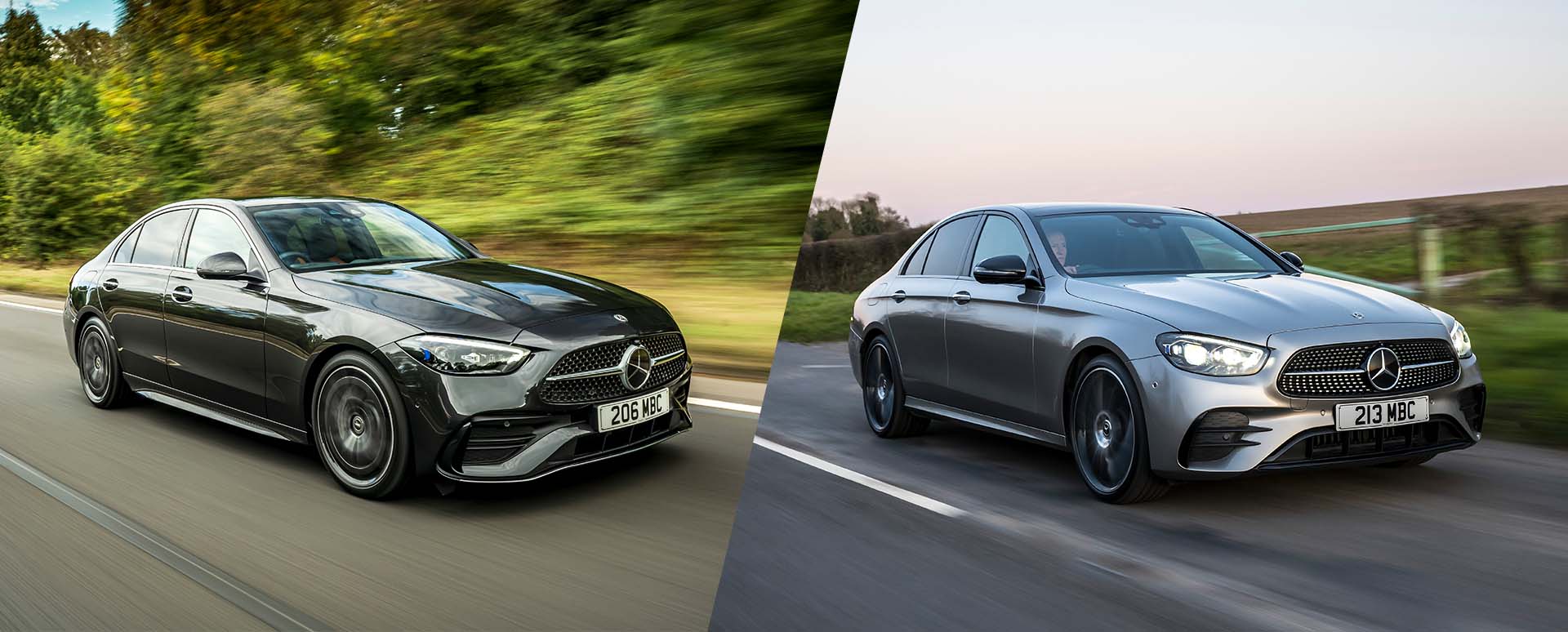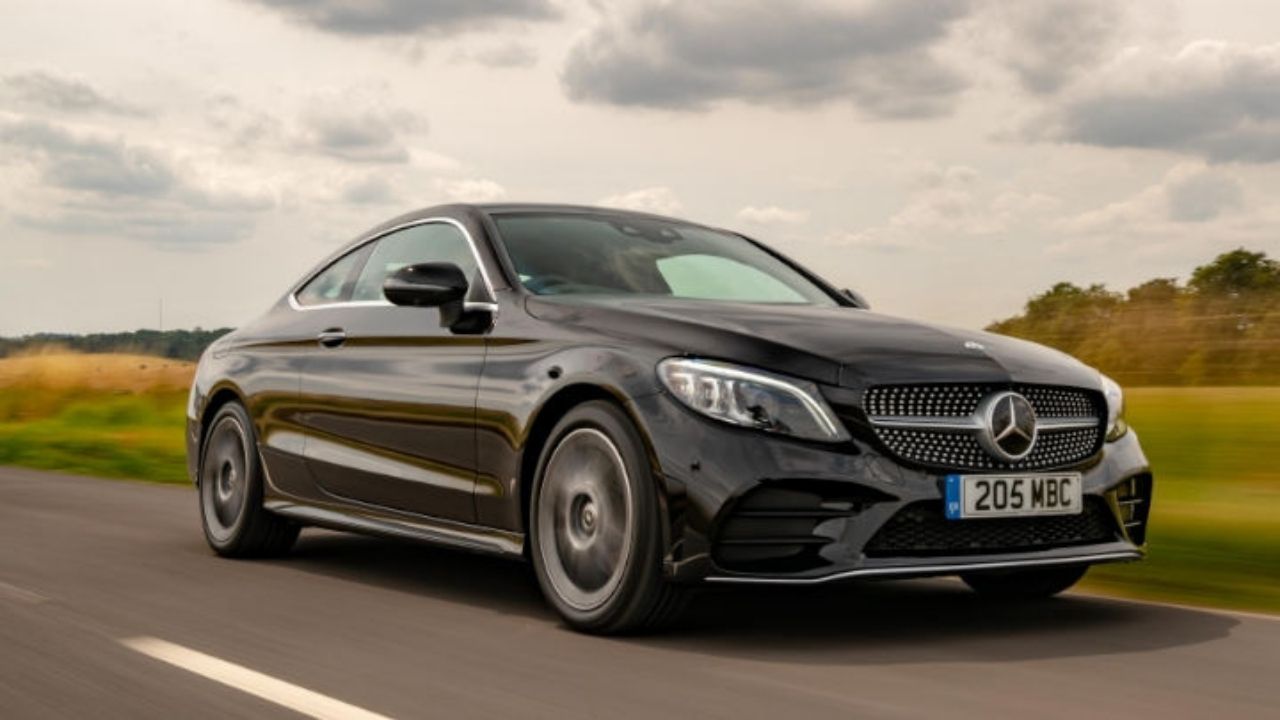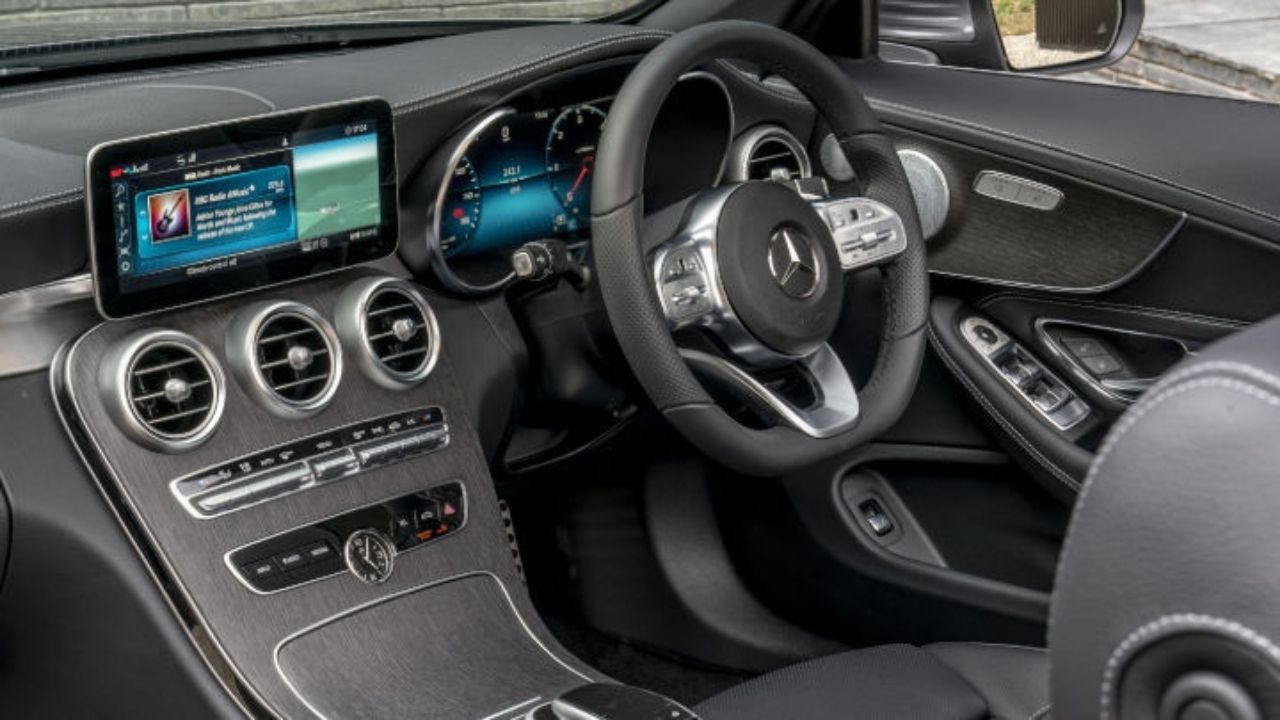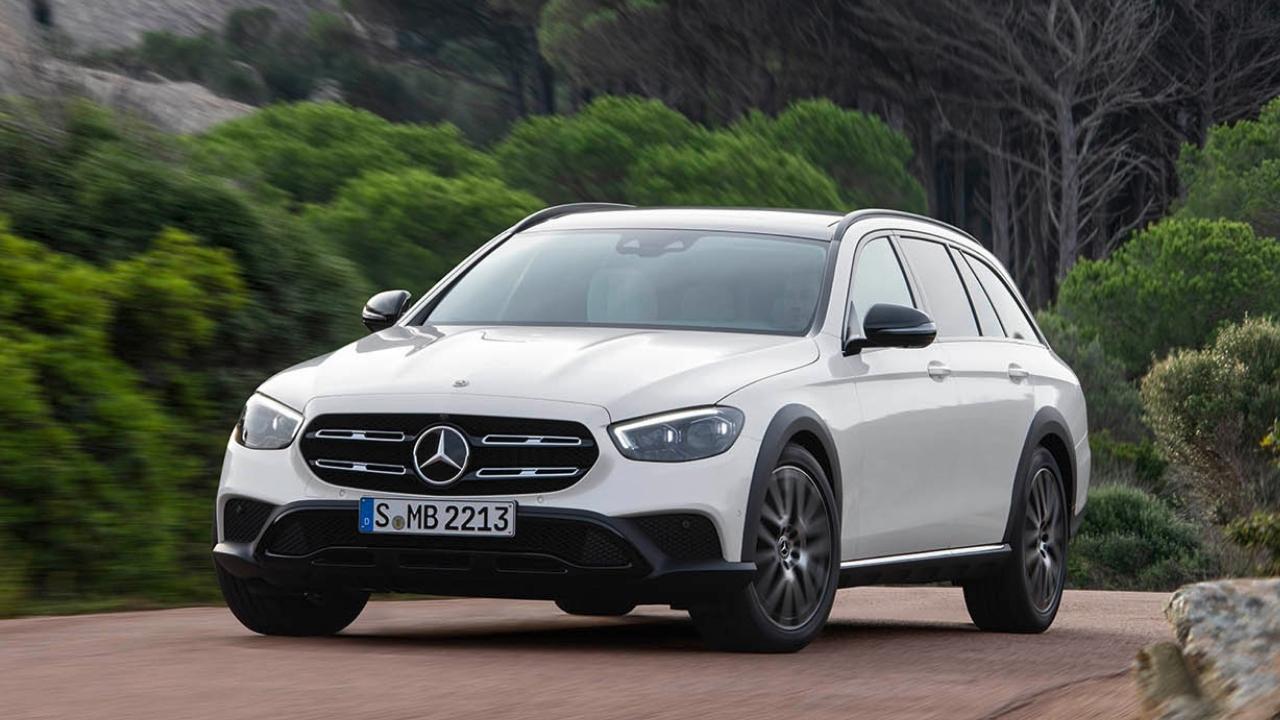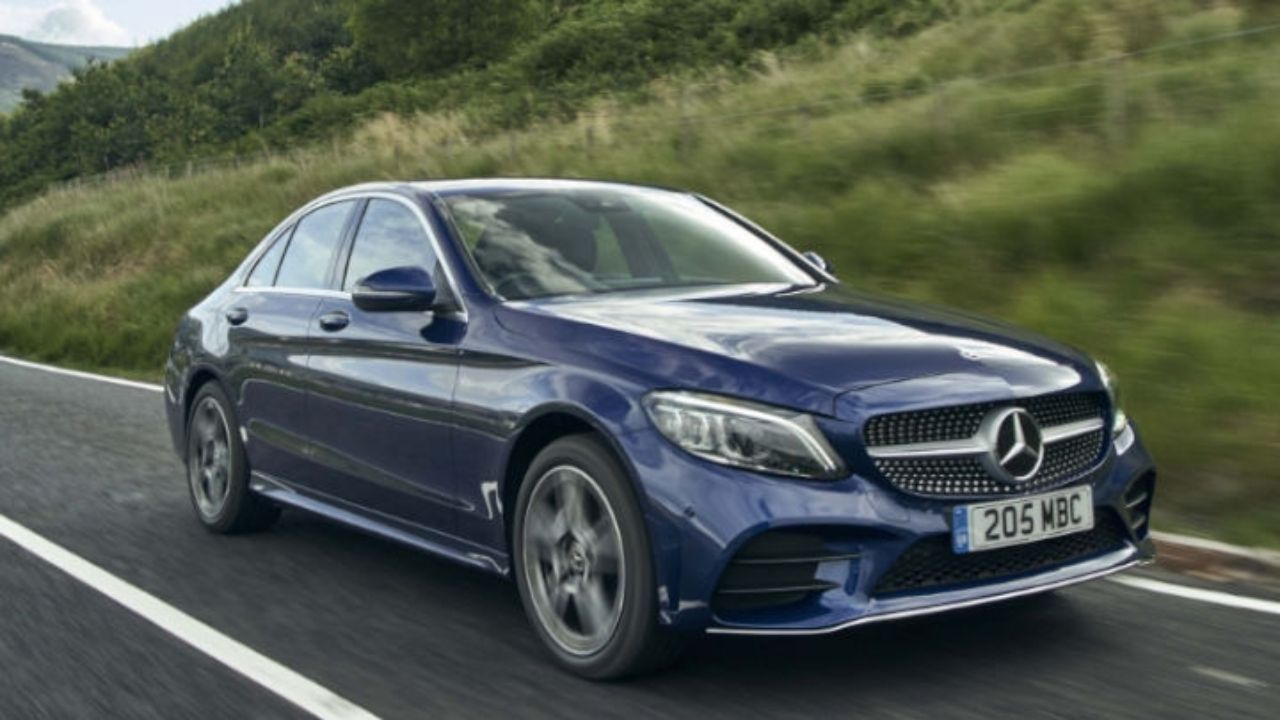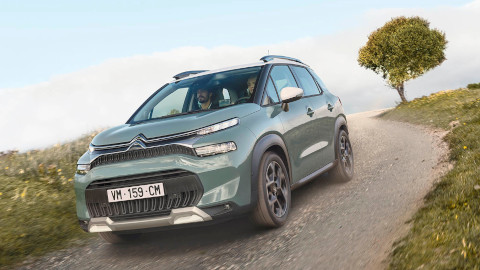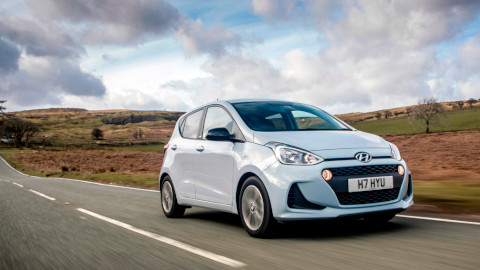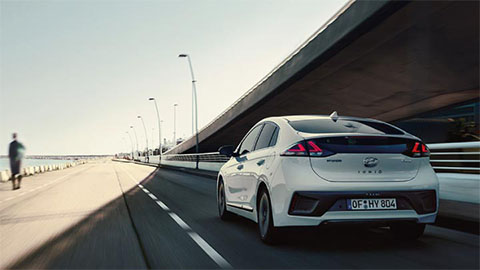Mercedes-Benz C-Class vs Mercedes-Benz E-Class
27th Mar 2025
When it comes to luxury saloons, the Mercedes-Benz C-Class and E-Class stand out as two of the brand’s most popular offerings. Both vehicles provide a premium driving experience, but cater to different needs and preferences. In this post, we’ll dive into a detailed comparison of the two, highlighting key differences in cabin design, technology, and overall features.
Whether you’re considering the sportier, more compact C-Class or the refined, tech-heavy E-Class, our guide will help you make an informed decision. Let’s explore how these two saloons stack up in the luxury vehicle category.
Contents
- Introduction and Design
- Versions and Performance
- Interior and Technology
- Practicality
- Value and Final Thoughts
Introduction and Design
Officially launched in 1953 under the name Mercedes-Benz 180, the E-Class didn’t have a nameplate update until 1993. From then on, this mid-size saloon became known for its luxurious design and cutting-edge technology.
With a design that evolved throughout the years, the E-Class now sports a sophisticated appearance. Its headlights are more angular, and modern technology emulates futuristic features.
The C-Class was introduced to the market in 1993, replacing its predecessor 190, as the manufacturer’s entry-level saloon in the luxury segment. Mercedes-Benz continued to adapt the C-Class’ design language to keep it aesthetically desirable and provide advanced technology.
Currently, the C-Class showcases a muscular front end by replacing the front grille with a more aggressive design. It incorporates sporty elements into its body and performance without compromising on comfort or elegance.
Versions and Performance
The C-Class evolved throughout the years to provide a more sporty look and driving experience. You can expect a responsive handling, advanced driving modes, agility and precision due to the chassis being designed to handle tight corners with minimal body roll.
On the other hand, the E-Class was built with comfort in mind and was equipped with technology that offers a smooth and composed ride, gentle steering, an advanced driver assistant, and refined power delivery.
Both models are available with petrol, diesel and plug-in hybrid motors. A snapshot of the specs available are presented below:
C-Class:
- 1.5-Litre 4-Cylinder C 180 (Petrol): Produces 153bhp and accelerates from 0 to 62mph in 8.5 seconds and is capable 30mpg.
- 2.0-Litre 4-Cylinder C 200 (Petrol): Produces 201bhp, accelerates to 62mph in 7.5 seconds from resting and is capable of 35mpg.
- 2.0-litre 4-cylinder C 300 (Petrol): Produces 251bhp and accelerates from 0 to 62mph in 6 seconds,capable of 30mpg.
- 2.0-litre 4-cylinder C 220d (Diesel): Producing around 194bhp, it sprints to 62mph in 7.5 seconds from resting, and capable of 40mpg.
- 2.0-litre 4-cylinder C 300d (Diesel): Producing around 257bhp, sprinting from 0 to 62mph 5.7 seconds, and capable of 35mpg.
- 2.0-Litre 4-Cylinder C 350e (Plug-in Hybrid): Producing 311bhp, sprinting from 0 to 62mph in 5.9 seconds, and it's capable of up to 50mpg
The C-Class also comes with a selection of performance engines that were designed mainly with exceptional power and handling in mind. The options are:
- 3.0-litre twin-turbo V6 C 43 AMG: producing around 396bhp and sprinting to 62mph in 4.5 seconds. 24mpg.
- 4.0-litre twin-turbo V8 C 63 AMG: producing 462bhp, accelerating from 0 to 62mph in 3.8 seconds and it’s capable of 20mpg.
- 4.0-litre twin-turbo V8 C 63 AMG S: producing 496bhp, sprinting to 62mph in 3.7 seconds and it’s capacle of 22mpg.
E-Class:
- 2.0-Litre 4-Cylinder E 350 (Petrol): produces 255bhp, sprints from 0 to 62mph in 6.1 seconds and is capable of 24mpg.
- 3.0-Litre Inline-6 E 450 (Petrol): produces 362bhp, accelerates from 0 to 62mph in 5 seconds and does 22mpg.
- 3.0-Litre Inline-6 AMG E 53 (Petrol): has 429bhp of power, accelerates to 62mph in 4.4 seconds from resting and has a fuel economy of 20mpg.
- 4.0-Litre Twin-Turbo V8 AMG E 63 S (Petrol): produces 603bhp, sprints to 62mph in 3.3 seconds and has fuel economy of 21mpg.
- 2.0-Litre 4-Cylinder E 300d (Diesel): produces 192bhp, accelerates from 0 to 62mph in 7.5 seconds and has a fuel economy of 40mpg.
- 2.0-Litre 4-Cylinder E 300e (Plug-in Hybrid): Producing 315bhp, sprinting to 62mph 5.5 seconds from resting, and achieves fuel economy of 50mpg.
Interior and Technology
The cabin of the Mercedes-Benz C-Class is sleek and modern, with high-quality materials like MB-Tex upholstery and optional leather. The infotainment system features the MBUX interface, a 10.25-inch touchscreen, and voice control. While legroom is comfortable for front passengers, rear seat space is more compact compared to the E-Class.
In contrast, the E-Class offers more luxurious finishes, such as leather upholstery and wood trim. Its MBUX system is similar but comes with additional features like a 12.3-inch screen, which is a couple of inches larger, and augmented reality navigation. The E-Class provides more generous legroom for both front and rear passengers, offering a more spacious and refined experience.
Overall, the E-Class leans more toward luxury, with better space and higher-end materials, while the C-Class focuses on efficiency and style.
Practicality
The Mercedes-Benz C-Class provides a practical 455-litre boot when the rear seats are up, expanding to approximately 1,500 litres with the seats folded flat. Inside, the front cabin offers decent storage options, including a medium glovebox, cupholders, and a centre armrest compartment. However, rear passengers have fewer places to store their belongings.
On the other hand, the E-Class excels in storage, with a larger 540-litre boot and 1,800 litres when the rear seats are down. The cabin offers more generous storage solutions for both front and rear passengers, including bigger door pockets and a more spacious centre armrest compartment.
The E-Class outshines the C-Class with its more expansive and thoughtfully designed storage, catering to both passengers and luggage.
Value and Final Thoughts
If you’re looking for a luxury sedan with a balance of style, performance, and practicality, the Mercedes-Benz C-Class is an excellent choice. Its sporty design, combined with a range of efficient engines, including hybrid and AMG options, makes it ideal for those who enjoy an agile, compact car without sacrificing luxury.
The C-Class is perfect for urban environments, offering a refined experience with advanced features like the MBUX infotainment system.
However, for those who prioritise comfort and space, the Mercedes-Benz E-Class stands out as the better purchase. With its larger boot, more generous legroom, and luxurious materials, the E-Class provides a more refined and spacious driving experience, making it a great option for long drives and families.
Find your perfect used car at Evans Halshaw
As two saloons that cater to most lifestyles, these two beauties are very similar, even though they have a couple of particularities that could help you make your mind. The C-Class showcases a sporty design, and if you prioritise vehicles that can provide more of a driver appeal rather than vast cabin space then the C-Class is a no brainer.
On the other hand, if you're in the market for a plushier car and can afford a model that offers more luxuries and focuses on providing more comfort, the E-Class won't fall short, and will meet your expectations.
No matter if you decide a used Mercedes-Benz C-Class is the best option for you, or if you're more inclined on getting an used E-Class, at Evans Halshaw help you find it with our comprehensive selection of used cars. Alternatively, you can read more car comparison articles that are constantly updated with new information at Evans Halshaw Blog.

